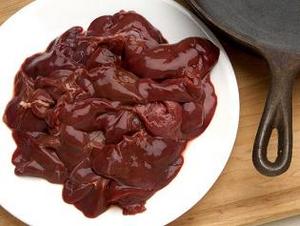In 2009 I got some nasty gastroenteritis – from Campylobacter. I’ve likely had noro a few times, but the campylobacteriosis is my badge of honor in the foodborne illness world. It lasted over a week and was awful. Between the midnight toilet visits and the guessing about each intestinal grumble, I was living on the edge.
I even had to harvest my own poop (not something I want to do again).
Campy ranks first or second as the most common bacterial foodborne illness. New Zealand has dealt with high relative rates of the pathogen and the UK has declared war on it (or something like that). Almost all of the illnesses are sporadic and thought to be linked to poultry.
Some good folks at Penn State showed a nice comparison of campy contamination on poultry sold at grocery stores (which is often frozen) and that sold at farmers markets – where it’s advertised as never frozen. Campylobacter was present on 90 of 100 (90%) whole bird products tested from farmers’ markets compared to 10 out of 50 (20%) of similar products purchased at grocery stores (Campylobacter isn’t all that hardy, freezing matters).
In Feb. 2014, Oregon and Washington State health officials issued an alert for an outbreak of campylobacteriosis linked to chicken livers. At least 6 people who consumed raw or undercooked chicken livers, mostly chicken liver pâté have been infected with Campylobacter in the two states. This was the second multistate Campylobacter outbreak in the United States linked to chicken livers. A 2013 outbreak in the Northeast sickened 3 people. Multiple outbreaks of Campylobacter infections linked to chicken livers have been reported in the United Kingdom and Australia. Since 2007, the UK has seen an increase in the proportion of Campylobacter outbreaks linked to chicken livers used in pâté. A 2012 U.S. survey showed that around 77% of raw chicken livers are contaminated with Campylobacter
With Swedish researchers reporting on gut microflora affecting Campylobacter infection, Portuguese poultry researchers reported in Food Control that chicken livers can be put to good use in the fight against campylobacter as a visual assessment of lesions could provide an indicator whether the flock is infected.
This result indicates the possibility of using these macroscopic lesions as visible and reliable indicator of Campylobacter spp. presence in poultry flock, and, thus, becoming an important tool to support the implementation of corrective measures at poultry farms level. This methodology could contribute for an accurate time-efficient monitoring and the development of effective prevention and intervention measures for Campylobacter spp. infection with reduced cost.
